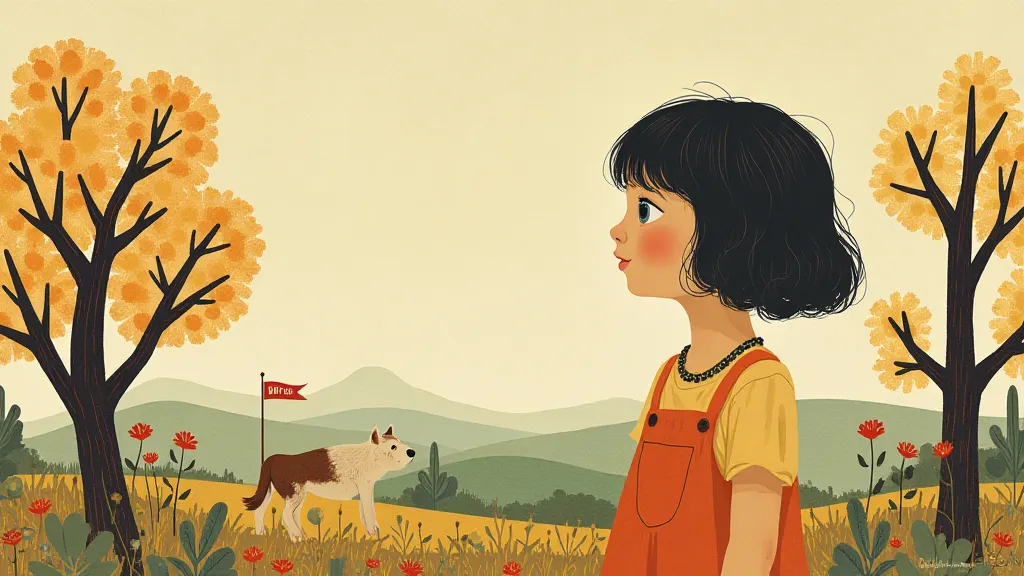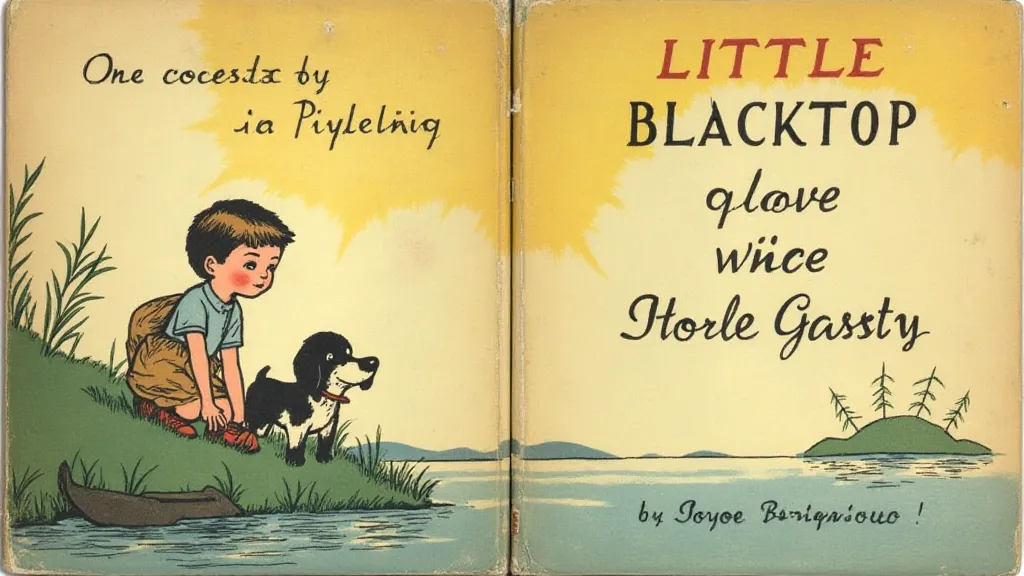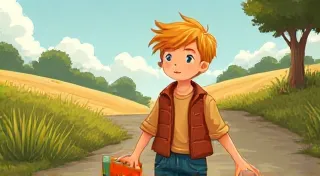Beyond Beatrix: Unearthing the Forgotten Works of Helen Bannerman
When we think of early children's picture books, Beatrix Potter often springs to mind. But before Peter Rabbit hopped onto the scene, another author, Helen Bannerman, was captivating young readers with her own series of picture books: the "Little Blacktop" stories. Though initially quite popular, Bannerman’s work has largely faded from memory, leaving a fascinating, and sometimes uncomfortable, chapter in the history of children’s literature.

The Little Blacktop Series: A Brief Overview
Helen Bannerman (1862-1946) wrote and illustrated the "Little Blacktop" series beginning in 1898. The stories, including titles like “Little Blacktop goes Fishing,” “Little Blacktop goes to the Farm,” and “Little Blacktop goes to the Fair,” followed the adventures of a young boy and his dog. These books were specifically designed for young children, employing simple language, repetitive phrases, and bright, engaging illustrations.
Storytelling Style and Early Success
Bannerman’s genius lay in her understanding of the young child’s attention span and language development. The repetitive nature of the narratives made them easy to follow, and the illustrations, while simple by today’s standards, were visually appealing and captivating for children of the time. The books were remarkably successful, selling well in both the UK and the US, and going through numerous editions. They were even adapted into a popular children's television series in the 1960s, briefly resurrecting Bannerman's name.

Controversies and Cultural Context
Despite their initial success, the "Little Blacktop" series’ legacy is complicated by the racial depictions found within the illustrations. The character of Little Blacktop, while seemingly innocent, often carries connotations tied to problematic stereotypes prevalent during the late 19th and early 20th centuries. The way Black characters are portrayed, often highlighting their skin color in a way that reinforces existing prejudices, is now rightfully viewed as deeply problematic. Understanding these depictions requires careful consideration of the historical context – the pervasive racism of the era – but it doesn't excuse the harmful implications of the images.
It’s crucial to acknowledge this uncomfortable aspect of Bannerman's work when analyzing it within the larger narrative of children’s literature. While the stories themselves might seem harmless on the surface, the illustrations reflect a societal bias that needs to be critically examined and discussed.
The Enduring Legacy and Modern Reassessment
Today, Helen Bannerman’s “Little Blacktop” series is rarely encountered. The books are difficult to find in original editions, and their problematic imagery has understandably led to their marginalization. However, their significance as early examples of picture books designed for young children remains undeniable. Their influence can be seen in later children's literature, even if their impact has been largely forgotten.
The current resurgence of interest in vintage children’s literature provides an opportunity to re-examine Bannerman’s work. By contextualizing her stories within their historical period and critically analyzing the illustrations, we can gain a deeper understanding of the evolution of children’s literature and the impact of societal biases on creative expression. Perhaps, acknowledging and discussing the darker aspects of these books can contribute to a more inclusive and equitable landscape for children's literature in the future.






